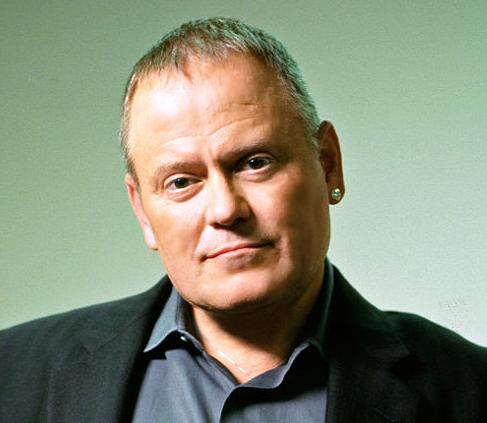The journey of this man from the dusty streets to a $100 million IPO
It is a universally acknowledged fact that the combination of talent and persistent efforts always pay off well. Hurdles and hardships become easy to handle when you have firm determination and a positive attitude towards your goal and life. Most of the successful people talk about hopefulness and hard work as mantras to success. Even a small idea can change the face of your entire life if you are determined to take it further. Same is what the co-founder and CTO of HubSpot, Dharmesh Shah speaks of when he talks about his journey towards success.
No idea is big or small
Dharmesh Shah had a deep interest in technology and at the same time he wanted start his own business. He first established a company named Pyramid Digital Solutions at the age of 23 with his 17 year old brother. It is no less than a surprise to know that he bootstrapped the company in less than $10,000. As stated by Shah himself, he faced a number of hurdles while hiring employees for the first time and also being a beginner there had been issues in cash flow as well but all of this couldn’t pull him back even for a moment. This is how his first company could be seen as a smack on the faces of all those who do not believe in small or medium scale business. With such less amount invested in the company, Dharmesh Shah took it to various levels of growth and got the Inc. 500 award thrice for it. He devotedly worked for the company for about 11 years and in 2005 sold it to SunGuard Business Systems for millions.
HubSpot
The hunger for knowledge and desire to expand his business drove him to acquire an MS degree from MIT in the management of technology. His education itself states how he had been into both technology and management at the same time. Although after selling Pyramid Digital Systems, Dharmesh Shah promised his wife to be aloof from setting up a start-up and find his

contentment and settlement in investing in other companies yet his desire and thirst for more led him into the business market again. And in 2006, he founded the most successful company of his career, HubSpot along with his college friend Brian Halligan. Their intentions to take the company to its pedestal of success could be observed right from the beginning as the two founders started a blog for the company even before the product was launched. This inbound marketing technique boosted the popularity of the product when it actually came in the market. These strategies adopted and well pursued by Shah and Halligan marked the early growth of the company. Dharmesh Shah has set up a great example for all the potential entrepreneurs for how to use their knowledge and learn from the experiences in order to build a successful company.
Work Ethics and Transparency
The basic agenda for any business to be a success according to Dharmesh Shah is transparency. Unlike other businessmen who like to conceal company’s important information and strategies, Dharmesh Shah believes that to maintain a healthy and pleasant atmosphere, each and every employee must know everything about the company. Shah always promotes a friendly work culture within the company and treats his employees as no less important. This transparency builds up trust of the employees for the owner. Shah has given importance to company culture along with other business priorities. This is the reason why he had come across minimum number of controversies as compared to other successful businesses.
Coding is still his first love
Even after coming in the list of world’s top entrepreneurs, Dharmesh Shah has clung himself to his roots. His passion for coding is still the same as before and writing code every day is just like another habit for him. Coding rejuvenates his mind and keeps him “in touch with reality” as he states.
Dharmesh Shah has deep interest in blogging and social media and has also founded an online community for blogging, OnStartups.com. The journey of Dharmesh Shah based on his strict principles and morals make him an outstanding entrepreneur and an inspiring personality.

Aanchal is a freelance writer and has been writing since 2013. She is currently pursuing her masters in English Literature from University of Delhi and received her B.A. (hons.) degree in English Literature from University of Delhi.
She has a great passion for writing poetry. She is also a keen reader of inspirational stories of people who have achieved success through hard work.




.jpg)
